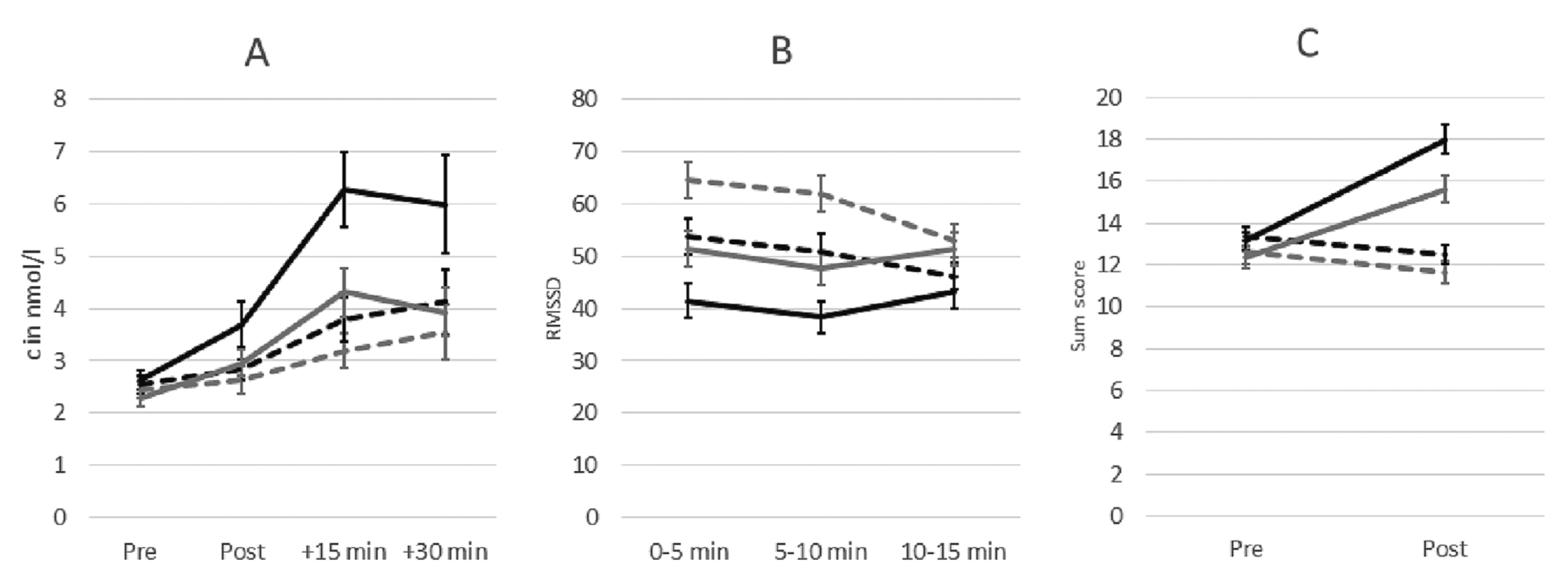As with working adults, preadolescent children also encounter day-to-day stress, including schoolwork, peer pressure, family situations, health issues and social media. Thus, it is worthwhile to explore ways to cope with stress. The intensity of reaction to acute stress is referred to as stress reactivity, measured by physiological and psychological reactions when one is stimulated by stressors.
The University of Basel conducted a 7-day accelerometer-based test in school children aged between 10 and 13 years to examine the relationship between their stress reactivity to acute psychosocial stress and their daily volume of moderate-to-vigorous physical activity (MVPA). During the test, acute psychosocial stress was induced using the Trier Social Stress Test (TSST), in which children were given a 5-minute preparation phase, a 5-minute free speaking task and a 5-minute arithmetic task. Meanwhile, the control group was told to silently read a story for 10 minutes and have a 5-minute conversation with the examiners. Overall, a higher stress reactivity was found in the TSST-C group than in the control group. In the higher MVPA group, a lower stress reactivity was measured, indicated by the lower level and smaller elevation of cortisol in saliva (Figure 3). The result was consistent with the lower self-reported stress level in the higher MVPA group. However, a significant difference in heart rate variability was not found between the higher MVPA and lower MVPA groups. Another noteworthy finding was that boys tended to react more to the control task and less to the TSST-C than girls, implying a systemic difference in reaction to this laboratory stressor. Not only did the study shed light on the gender difference in stress reaction, but also highlighted the importance of physical exercise in school children, thus suggesting a possibly more favourable adaption of the hypothalamic¡Vpituitary-adrenal (HPA) axis in higher MVPA children.

Figure 3. Mean stress reactivity of the low MVPA (black) and high MVPA group (grey) in the control (dotted line) and stress condition (continuous line). Cortisol (A) and anxiety (C) before and after the task, HRV (B) in segments of 5 min during the task Adapted from Hanke M, et al. 2023.
References
Hanke M, et al. J Sci Med Sport. 2023;26(9):487-492.





